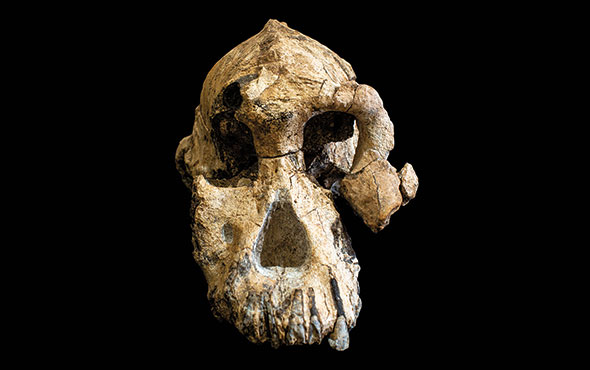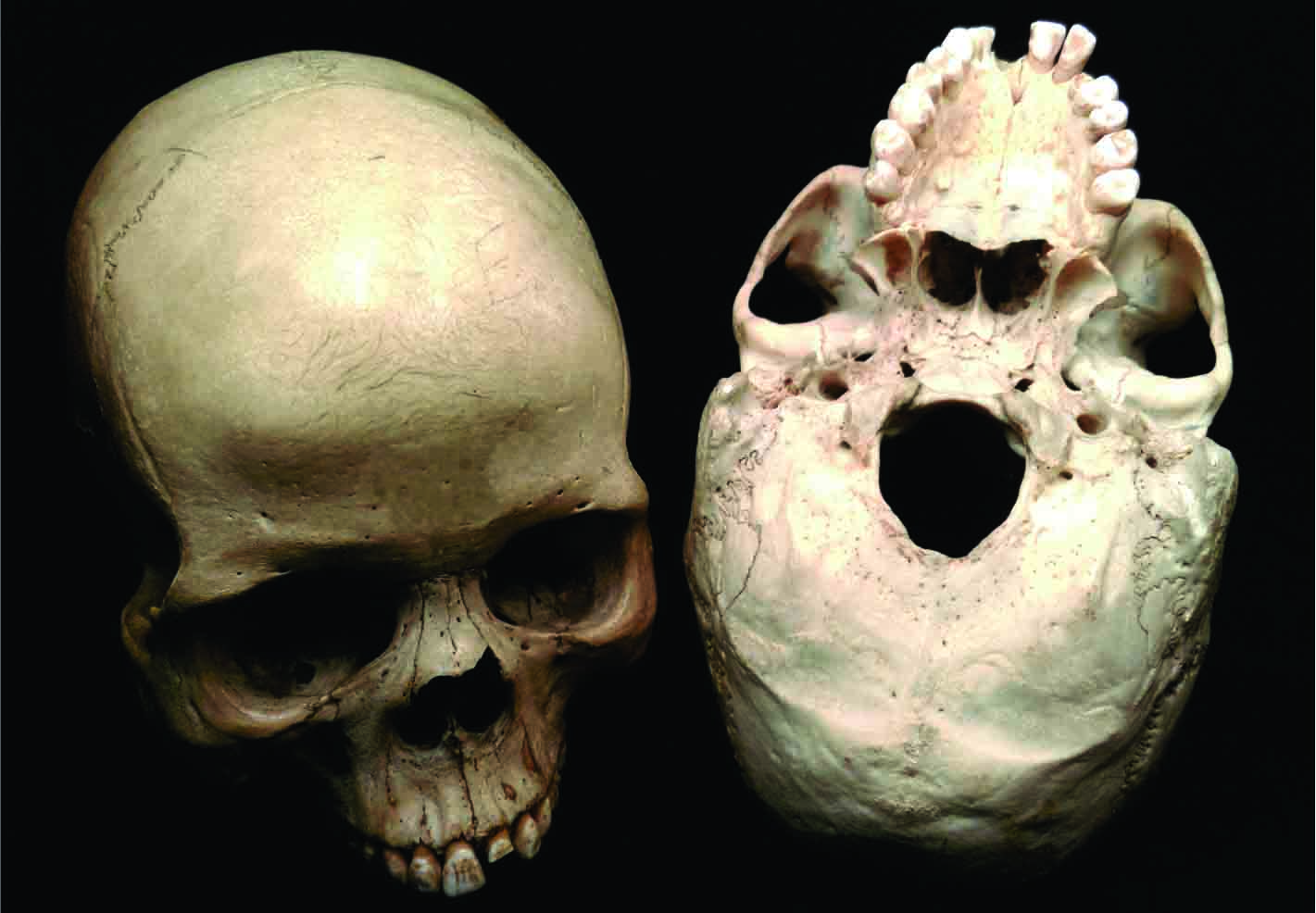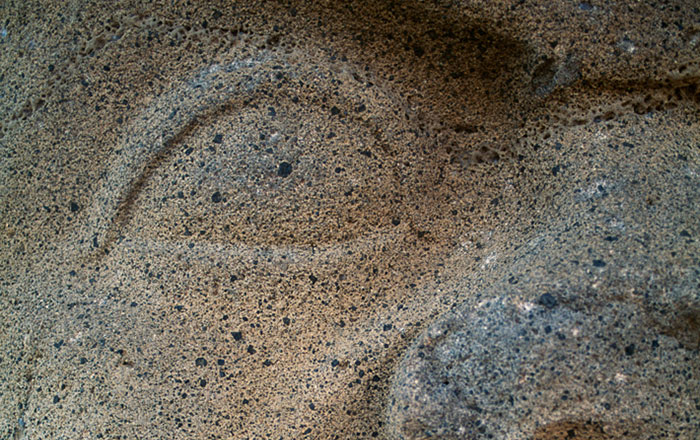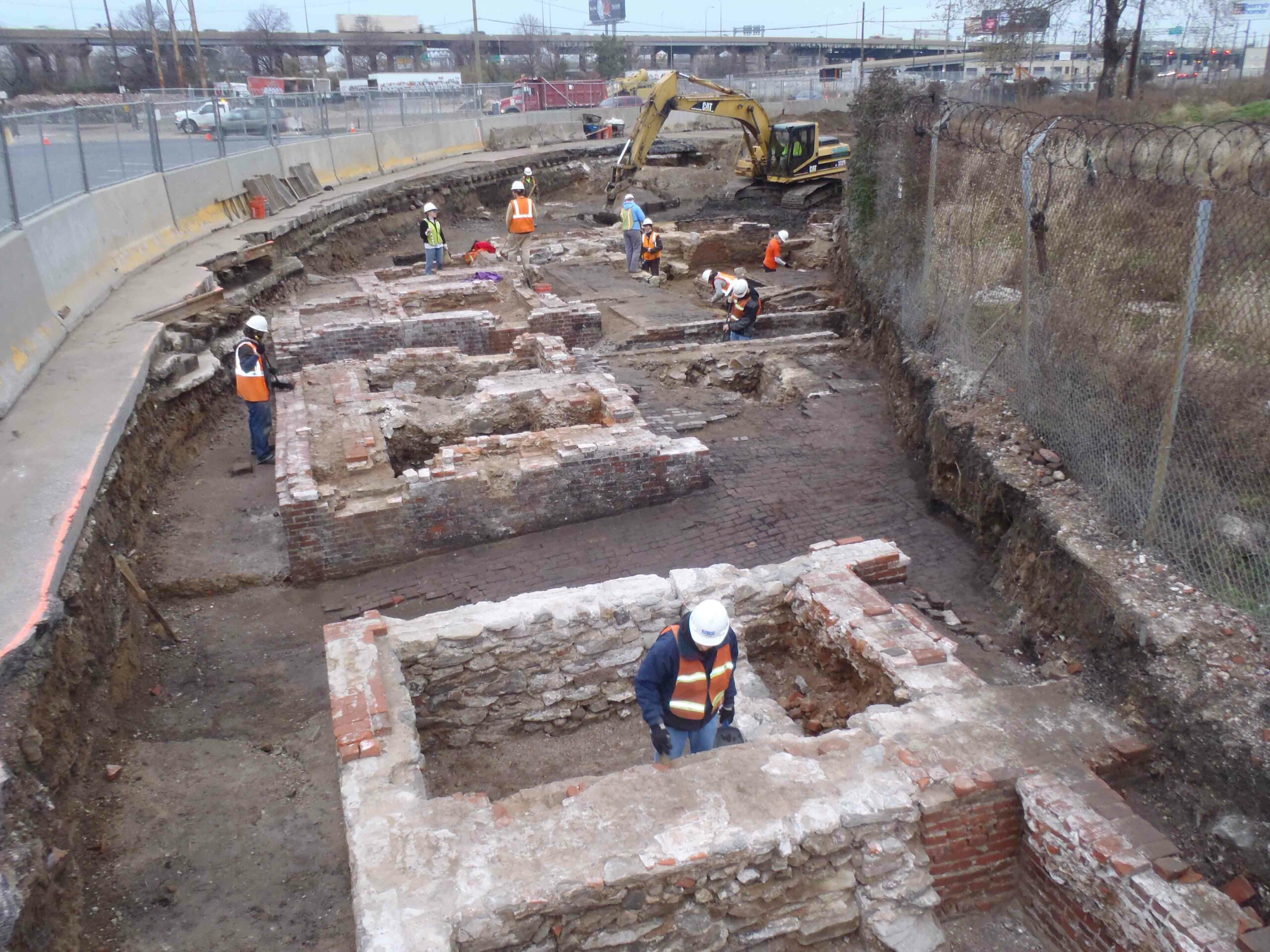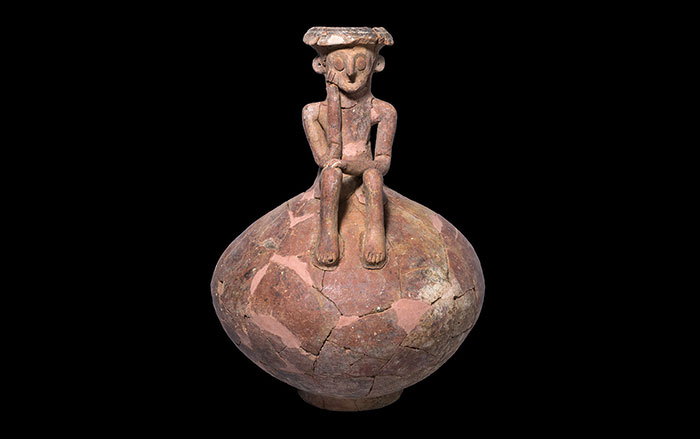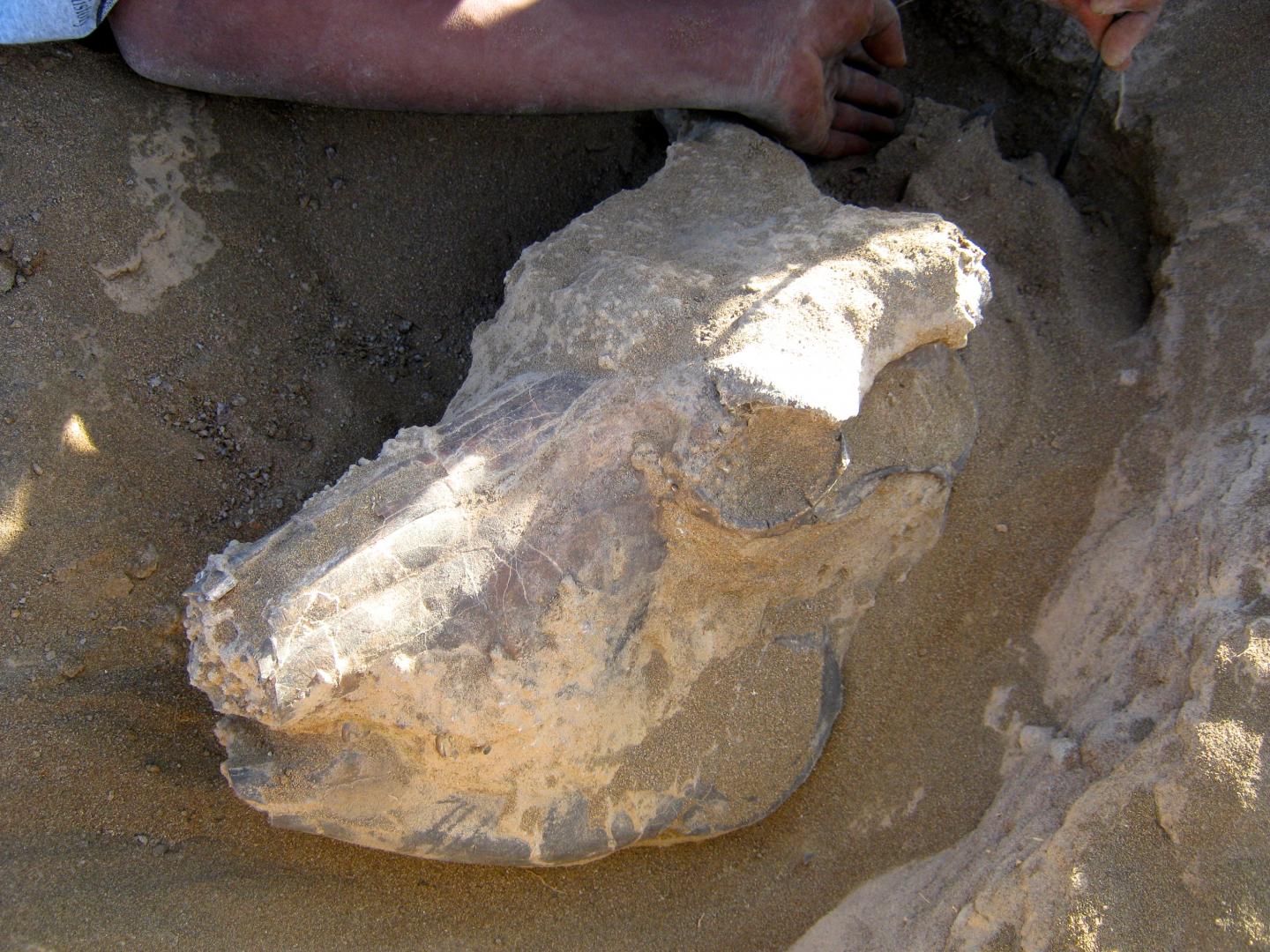
TEMPE, ARIZONA—According to a report in The International Business Times, a study by Joshua Robinson, John Rowan, Christopher Campisano, and Kaye Reed of Arizona State University, and Jonathan Wynn of the University of South Florida, analyzed animal and hominin fossils to learn about the environment in areas of East Africa between 3.5 and one million years ago, since it has been suggested that a change from woody forests to cooler grassy plains might be connected to the emergence of the genus Homo. Stable isotopes preserved in fossilized teeth indicate whether animals fed on the leaves of woody trees, or if they ate grasses from arid, open plains. The researchers analyzed these isotopes in a 2.8 million-year-old Homo fossilized jaw, which was discovered at the site of Ledi-Geraru in Ethiopia, and is about 400,000 years older than the previously oldest known Homo fossil. The test results suggest this individual ate a diet similar to other animals that lived in the region during the same time period, even though some of those animals ate a diet based on tree leaves prior to 2.8 million years ago. The early Homo diet, however, was also similar to that eaten by Australopithecus, implying that a change in diet did not coincide with the origin of Homo. For more, go to “The Human Mosaic.”


